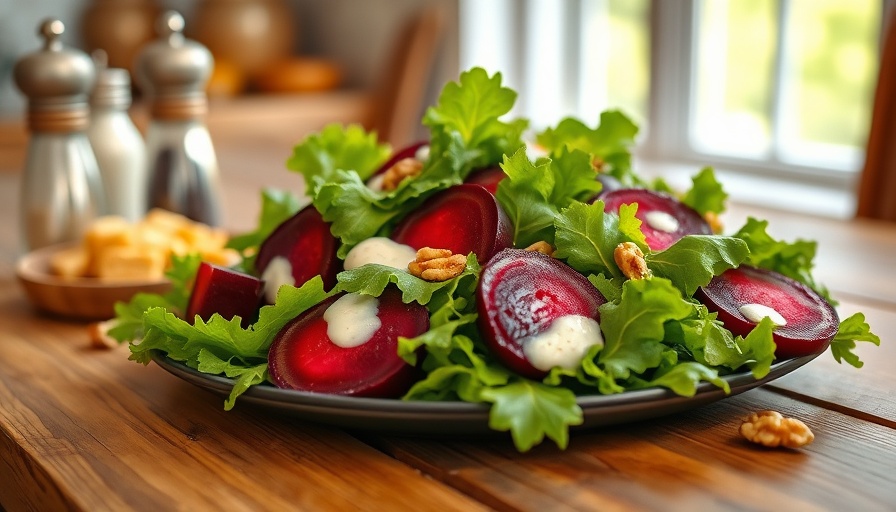
Understanding the Risks: Is One Egg a Day Too Much?
In the evolving landscape of dietary recommendations, the question, "Is one egg a day too much?" has sparked considerable debate. Emerging research suggests a compelling link between egg consumption and increased risks of mortality and chronic diseases. The NIH-AARP study, one of the largest and most significant of its kind, showed that replacing just three percent of daily caloric intake from animal protein with plant protein could reduce the risk of premature death by ten percent—a mere swap that highlights the power of plant-based nutrition.
In 'Is One Egg a Day Too Much?', the video dives into dietary cholesterol and its implications for health, prompting us to analyze its findings to understand the broader implications for dietary choices.
The Impact of Egg Consumption on Health
Eggs, when examined in the context of overall health, are now being recognized as one of the least favorable sources of animal protein. According to the findings, substituting just half an egg per day is associated with a seven percent increase in mortality risk. This figure resonates with trends across multiple U.S. cohort studies indicating that higher egg consumption correlates with greater cardiovascular risk and overall mortality.
Plant Protein vs. Animal Protein: A Paradigm Shift
Shifting dietary patterns towards plant-based proteins can create substantial health benefits. For instance, by incorporating foods like beans, nuts, and soy products instead of eggs, individuals could decrease their risk of death by over twenty percent. This profound observation emphasizes the need to elevate plant proteins in our diets, especially with the convenient alternatives available today, such as tofu and lentil-based products, that can seamlessly integrate into our daily meals.
Unpacking the Egg Industry's Influence
The persistent controversy surrounding dietary cholesterol and the safety of eggs can be attributed in part to the powerful influence of the egg industry. Despite scientific evidence pointing towards health concerns, marketing strategies and misinformation have amplified confusion. The industry's significant financial investment in maintaining a positive public perception often leads to conflicting messages regarding egg consumption. It's crucial for consumers to critically evaluate these narratives against established research.
The Recommendations: Rethinking Egg Consumption
When determining a 'safe' level of egg consumption, research has not definitively established a universally accepted guideline. However, several studies suggest that limiting egg intake—as low as half an egg a day—could align closely with heart health recommendations. With emerging research highlighting potential risks associated with even small amounts, it may be prudent to adopt diets that significantly restrict or eliminate egg consumption.
Revising Dietary Guidelines for Better Health
Despite the egg industry's claims, recent U.S. dietary guidelines reinforce the message to consume as little dietary cholesterol as possible, reiterating findings from the Institute of Medicine. Therefore, as individuals seeking healthier lifestyles or aiming to navigate chronic health issues, understanding the impact of dietary choices is vital for wellness.
Concluding Thoughts: Shaping Future Dietary Practices
In our quest for improved health through nutrition, it’s critical to be informed and adaptive. As research continues to emerge, public health guidance must reflect this knowledge—encouraging the consumption of plant-based proteins over traditional animal sources. Rather than adhering to outdated dietary norms, let’s elevate our awareness and make informed decisions to safeguard our health.
 Add Row
Add Row  Add
Add 







Write A Comment